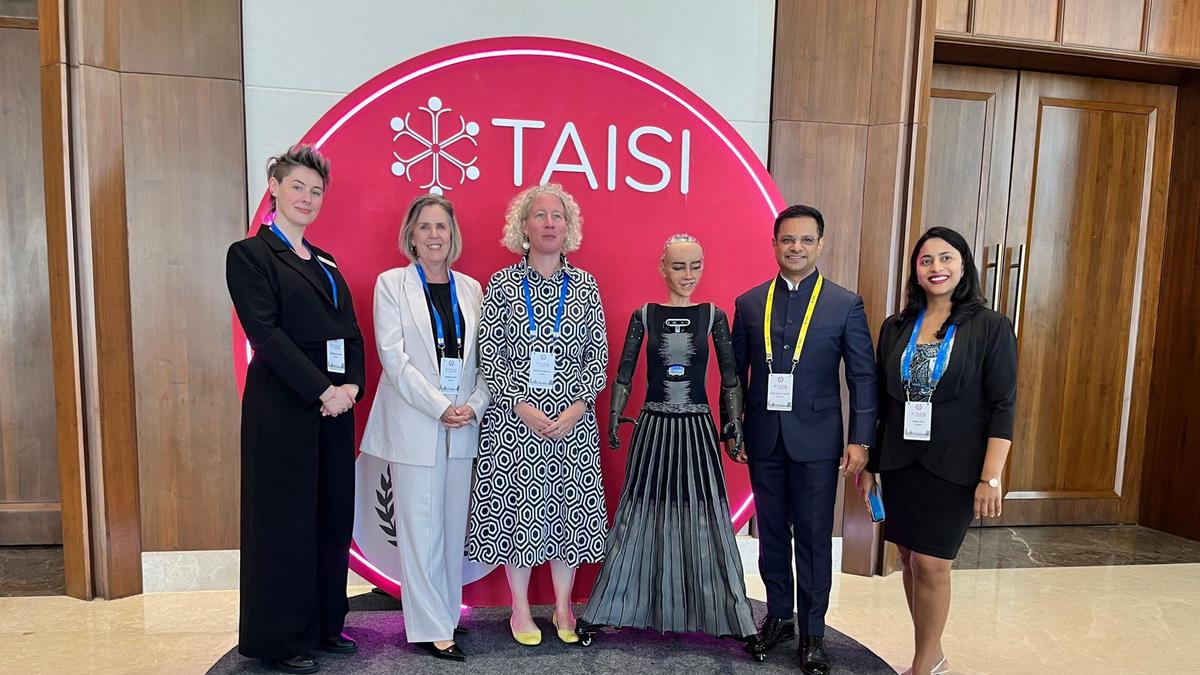
West Australian curriculum finds its way to India
The Hindu
The West Australian curriculum can be offered by any school in their existing campuses. Along with the two schools in Punjab where the pilot programme is being offered, TAISI is working on having at least 10 schools adopt the curriculum in the next academic year.
As an indicator of the growing demand for international education in India, the Australian curriculum has now made its entry to the country. The Curriculum and Standards Authority (SCSA), Western Australia, supported by The Association of International Schools of India (TAISI), will introduce the international curriculum in the country.
The West Australian curriculum, which has been around for 30 years now across the world, is currently being offered on a pilot basis in two schools in Punjab. It was, however, formally launched at the TAISI conference themed ‘Shaping Hyper – Connected, Future Forward Schools’, held in Bengaluru on November 8.
“Education is a pillar of the Australia-India bilateral relationship. The partnership between Western Australia and TAISI will help strengthen these links, promote understanding between our two countries, and give Indian students international education that sets them apart,” said Hillary McGeachy. Australian Consul General in Bengaluru.
Interactive and engaging classes which provide an immersive experience for students, integration of research which provides them with research and critical thinking skills, technical innovation, and integration, are some of the unique features of the curriculum, said the Australian officials.
Elaborating further, Angelique Smith, Associate Director – International Education Strategic and External Relations, SCSA, Department of Education, Western Australia, spoke about integration of skill development in the curriculum.
“We actually integrate the skills throughout the curriculum. They are known as the general capability and they are embedded into all the subjects, courses and learning areas to ensure that the students develop into well-rounded confident contributors to society. So, it is very much the responsibility of the teachers to integrate these skills into their lessons as appropriate so that they have a well-rounded education,” Ms. Smith said.
While 50% of student assessments will be school based, the other 50% will be based on external examination. The Australian Department will work with the schools for the first two to three years to help in the adoption of the curriculum with aspects like new learning and contextualisation of resources.











